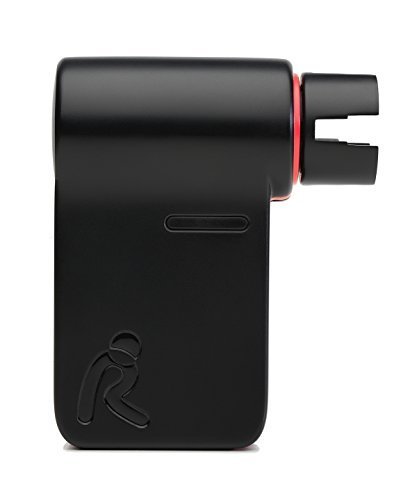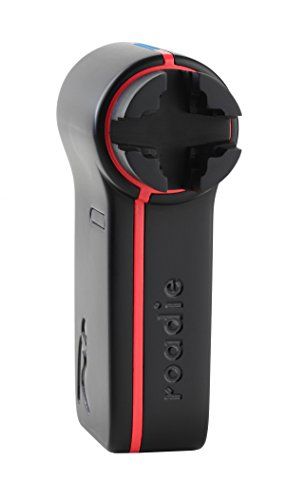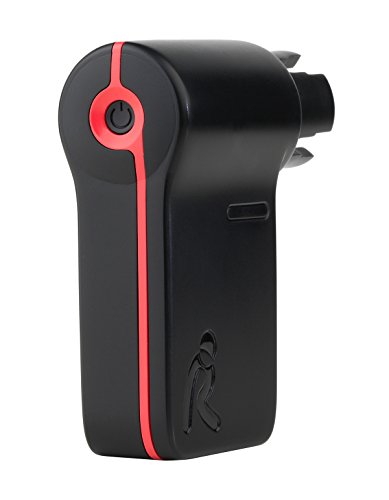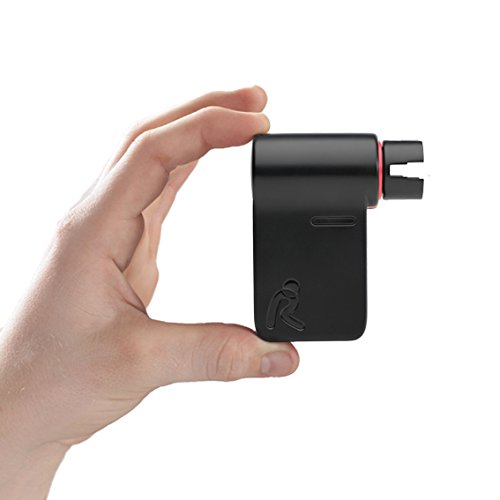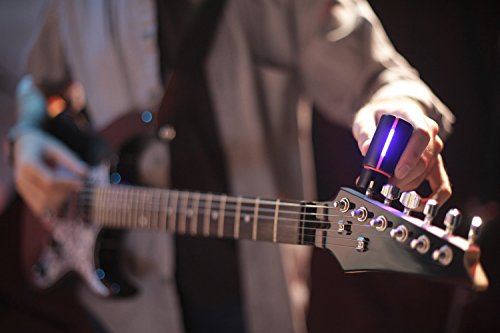Description
An Automatic Guitar Tuner is using to play the tuning of a guitar. The different tuning methods for guitar include direct, E-flat-flat, string-back, strap-back, thumbwheel, and a combination of thumbwheel and strap-back. Each method has its own advantages and disadvantages. Tuning methods can be controlled by a musician, but depending on the type of tuning one chooses, it will determine the amount of movement required. A good roadie tuner will allow a musician to control the speed, velocity, or timing of the tuning. It will also adjust for the exact tuning and stop if the tuning is wrong.
Since there are many different tunings and many different tuners that work well with each, it is important to choose one that fits your needs. A good roadie tuner will have all of the features needed to measure the pitch, pitch accuracy, and tuning ability of your guitar. It should also come with different modes for both the right-handed and left-handed guitarist. It should be easy to use, require no programming or learning, and easily upgraded. It should also come with a broad range of tuning options for all styles of music. Some common tunings available include open-D, E-flat-D, D flat-D, open-A, open-C, D flat-C, open-G, open-B, open-A, open-E, E flat-E, D flat-E, open-A, and open-F. There are many tunings for acoustic guitars and fiddle players.
An Automatic Guitar Tuner should be able to adjust for a guitarist’s playing style and preference when listening to and tuning their guitar. This will help a guitarist or drummer to keep up with their playing style. There are many styles of tuning: open, flat, and open-E. Open tuning has no tuning in the lower registers and requires faster tuning in the higher registers. Flat tuning is a regular scale and is the least popular and open tuning is the most popular style and allows the player to vary the tuning so that they can “feel” the music better.


